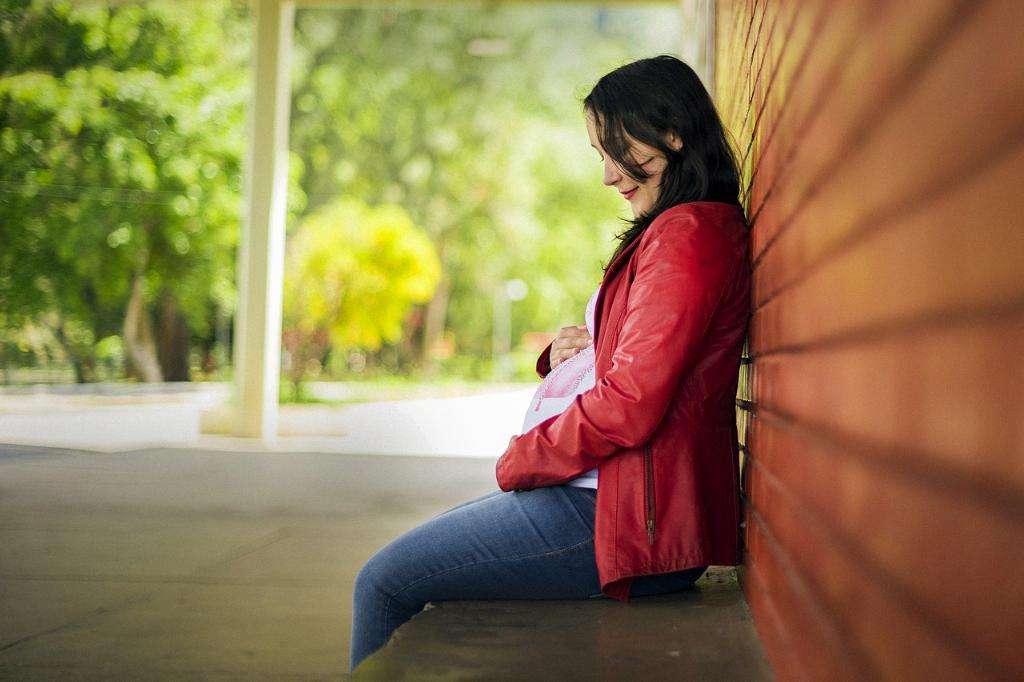Many individuals wonder about the possibility of flattening their stomach after a C-section. It’s essential to be informed about the options available to achieve a more toned abdomen post-surgery. One common approach that individuals consider is the tummy tuck procedure, also referred to as abdominoplasty.
What is a Tummy Tuck?
A tummy tuck is a cosmetic surgical procedure that involves the removal of excess skin and fat from the abdomen to create a smoother and more toned appearance. It is often sought after by individuals looking to address loose or sagging skin in the abdominal area, especially after significant weight loss or pregnancy.
Addressing Diastasis Recti
After a C-section, many individuals experience a condition known as diastasis recti, where the abdominal muscles separate and stretch. This can contribute to a protruding stomach that is difficult to flatten through exercise alone. A tummy tuck can address diastasis recti by tightening the abdominal muscles and reducing the excess skin and fat in the area.
Consultation and Assessment
Prior to undergoing a tummy tuck procedure, it is crucial to consult with a qualified plastic surgeon who can assess your specific needs and goals. During this consultation, the surgeon will evaluate your abdomen, discuss your medical history, and explain the details of the surgery, including the potential risks and benefits.
Preparing for Surgery
Preparation for a tummy tuck after a C-section may involve lifestyle changes, such as maintaining a healthy diet, staying hydrated, and avoiding smoking, as these factors can influence the success of the surgery and the recovery process. Your surgeon will provide you with specific instructions to follow in the days leading up to the procedure.
The Tummy Tuck Procedure
During a tummy tuck surgery, the plastic surgeon will make incisions in the abdominal area to remove excess skin and fat. If necessary, the abdominal muscles may be tightened to improve the overall contour of the stomach. The incisions are then carefully closed, and dressings are applied to aid in the healing process.
Recovery and Healing
Following a tummy tuck procedure, it is important to follow your surgeon’s post-operative instructions diligently to promote proper healing. This may include wearing compression garments, avoiding strenuous activities, and attending follow-up appointments to monitor your progress and address any concerns.
Results and Expectations
While the initial results of a tummy tuck may be visible shortly after the surgery, the full outcomes will gradually become more apparent as swelling subsides and the body adjusts to the changes. It is essential to have realistic expectations about the final results and to understand that individual experiences may vary.
Long-Term Maintenance
After undergoing a tummy tuck to flatten your stomach after a C-section, maintaining your results involves adopting a healthy lifestyle that includes regular exercise, balanced nutrition, and adequate hydration. These habits can help prolong the benefits of the surgery and support overall well-being.
Considerations and Alternatives
Before deciding to undergo a tummy tuck after a C-section, it is essential to weigh the potential benefits and risks of the procedure. Alternative options, such as non-invasive treatments or targeted exercises, may also be considered based on your preferences and circumstances. Consulting with a qualified medical professional can help you make an informed decision.
Conclusion
Flattening your stomach after a C-section through a tummy tuck procedure is a viable option for individuals looking to address excess skin and fat in the abdominal area. By understanding the process, preparing for surgery, and committing to proper post-operative care, you can achieve a smoother and more toned abdomen that enhances your confidence and quality of life.

